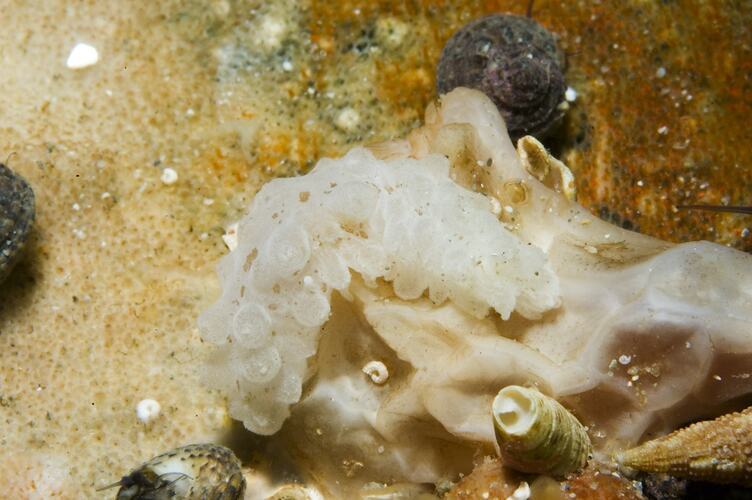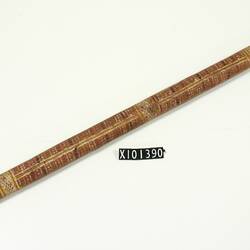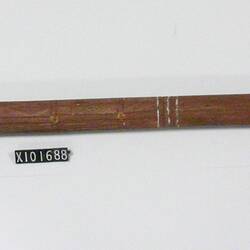Summary
Discusses how Aboriginal people in Australia had contact with the Macassan people, from what is now known as Sulawesi (Indonesia), some time before European contact.
Question: Did Aboriginal people in Australia have any contact with other countries before European contact?
Answer: Yes!
The first European contact with the land we now know as Australia is generally held to have been by Dutch explorers in 1606. We know how important internal trading relationships and routes were to Indigenous peoples, but people are often not aware that a relationship developed between Aboriginal people in eastern Arnhem Land and visitors from overseas. Macassan people from what is now known as Sulawesi (Indonesia) annually visited the northern shores of Australia, the place they called Marege'. Whilst some people believe regular trade started in the early 1700s, others claim that these relationships go back several centuries before European contact, to the 1400s or before.
The Macassans came on the north-west winds that brought the monsoonal rains. They went in search of trepang or sea cucumber, an item valued for both food and medicinal purposes; in exchange for fishing rights, Yolngu were given goods such as cloth, tobacco, rice and knives. The trepang was processed on the shores of Australia; the Macassans then shipped the trepang home, with some of the product being traded as far as mainland China. Rock art found in the Wellington Ranges and on Groote Eylandt in Arnhem Land depicts the prau, the distinctive wooden vessels used for these voyages.
A great deal of cultural exchange occurred between Yolngu and Macassans, and Yolngu worked for the Macassans and even travelled between Macassar and Australia. This had a lasting impact on the local culture and language, with place names and words like rupiah (money) and balanda (white person) being from the Macassan language. Oral histories, ceremonial practices and the song cycles from that area reflect the exchange of knowledge and objects between Yolngu and Macassans. Evidence of the influences survive in Yolngu technologies such as making dugout canoes and metal-working.
In areas where the Macassan traders visited the physical evidence of their seasonal visits can be seen in the stands of tamarind trees (not indigenous to Australia) and remnants of camps found in the form of stones where trepang was boiled and cured on the beaches. Visits by Macassans were banned in 1906 when the Commonwealth took over the administration of the Northern Territory.
More Information
-
Keywords
-
Authors
-
Article types


